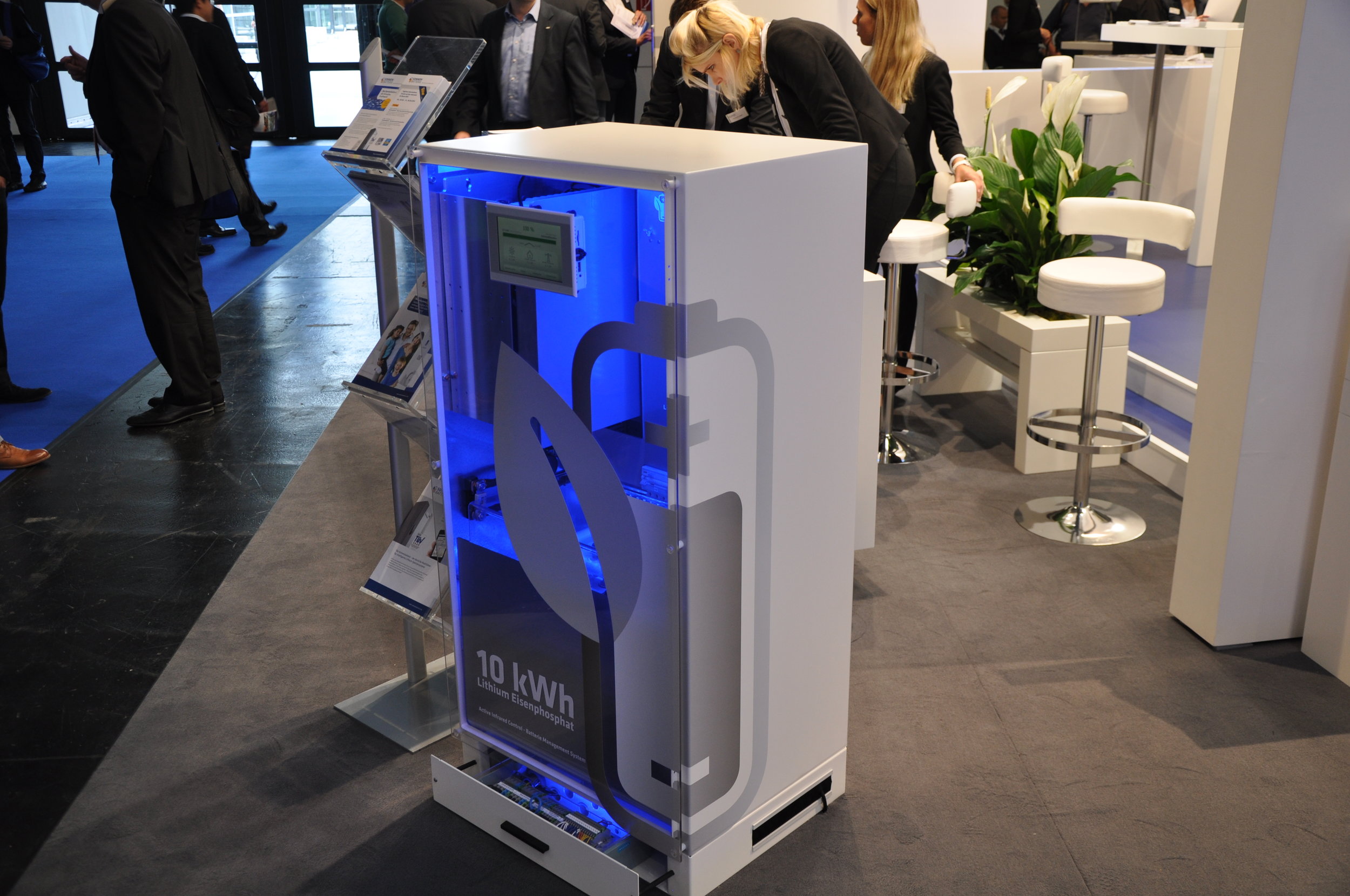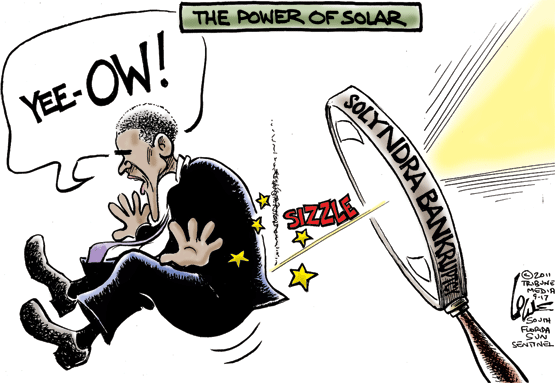By Lou CoveyEditorial Director
This is part two of a two-part series. See part one here.
As the renewable energy industry rushes headlong into the distribution of expensive and toxic energy storage technology, there are signs that cheaper, cleaner, more efficient technologies will emerge soon, two of which were on display at Intersolar.
Flow batteries have been around for several decades, but the clamor for storage systems has brought them out of the labs and into commercial development of late. A flow battery is combination of a fuels cell and a rechargeable battery. The difference between conventional batteries and flow batteries is that energy is stored in the electrode material in conventional batteries but as the electrolyte in flow cells. Rechargeability is provided by two chemical components dissolved in liquids contained within the system and separated by a membrane. One of the biggest advantages of flow batteries is that they can be almost instantly recharged by replacing the electrolyte liquid, while simultaneously recovering the spent material for re-energization.
Iron-flow technology is among the oldest version of the technology and there are several companies in this niche at varying states of development, the most well known is Electric Fuel Energy (EFE), an Israeli subsidiary of the US-based Arotech Corporation. However, while EFE has made several optimistic announcements about its development, it has not yet announced when the technology will be available even for a beta test.
Further down the road to reality is Energy Storage Systems, Inc. (ESS), who demonstrated their system at a private event during Intersolar. We interviewed Bill Sproull, ESS vice president of business development.
Video: ESS Iron-flow battery
Flow batteries are the cleanest and least expensive battery technology available, but they are not as well-known as the dirtier and more expensive Lithium-ion batteries. ESS hopes to change that with their iron-based system
Offering a completely new direction, Aquion Energy has developed an aqueous hybrid ion battery based on readily available, renewable and non-toxic components, specifically salt water, stainless steel, carbon, manganese and cotton.
Like lithium-ion and lead acid batteries, after 10 years it will start to lose capacity and will have to be replaced before the generation technology runs its course. However, at a cost of about $400 per kW/Hr it is a much cleaner and affordable option to the pervasive technologies. Storage capacity and charging cycles are comparable to lithium-ion.
Aquion, however, is the only source of this new technology and has no plans to license the technology presently, which will limit adoption in the foreseeable. It is, also, only in beta testing at a few sites around the world. It will be several years before it is widely available.
Aquion and ESS are closer to commercial distribution than other alternatives to lead-acid and lithium-ion, and both are targeting separate, though slightly overlapping markets. ESS is looking only to provide systems for large-scale industrial and military applications, while Aquion is looking at smaller industrial/commercial and residential markets. Aqiuon, therefore, is targeting a market awash in lithium-ion options.
The cost difference is also significant. While the initial cost of both systems about $400 per kW/Hr, the Aquion system will lose its effectiveness before energy production technology (wind or solar) reaches its end of life and will have to be entirely replaced. Replacement could add another 50 percent to the cost per watt of $0.17 per watt. ESS, with a much longer lifespan estimates its lifetime cost is $0.09 per watt with no replacement necessary.
Which brings us to the question: if all this is available now, why is it not gaining faster traction? We will deal with that question in our concluding analysis.



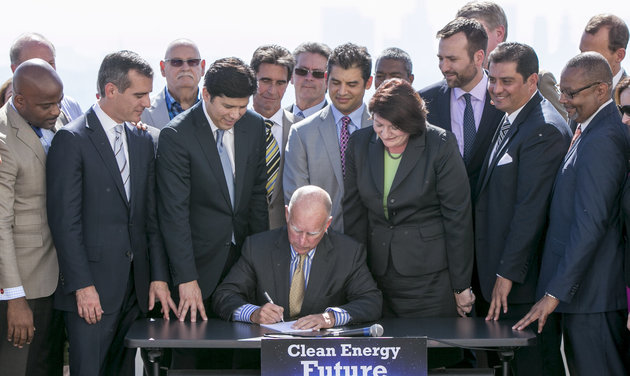
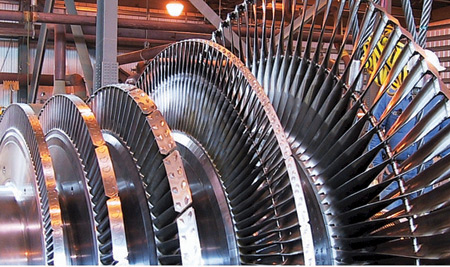
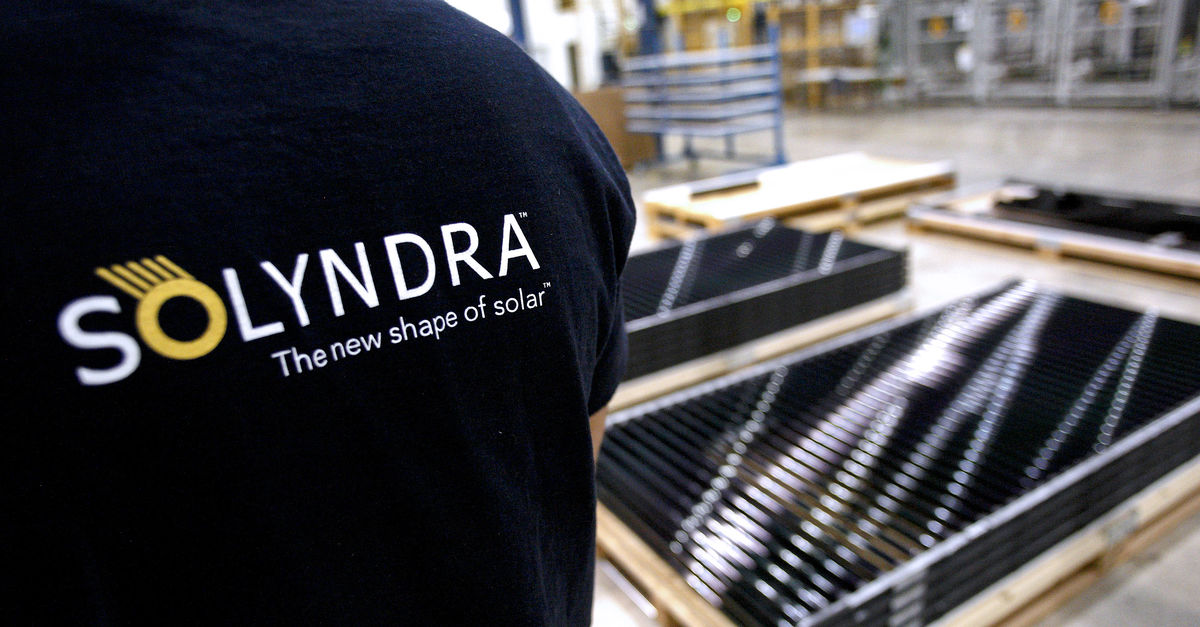 It's time we admitted that alternative power is not an alternative. It is only a supplement. Once we admit that fact, we may be able to get to work actually finding a real alternative.
It's time we admitted that alternative power is not an alternative. It is only a supplement. Once we admit that fact, we may be able to get to work actually finding a real alternative.